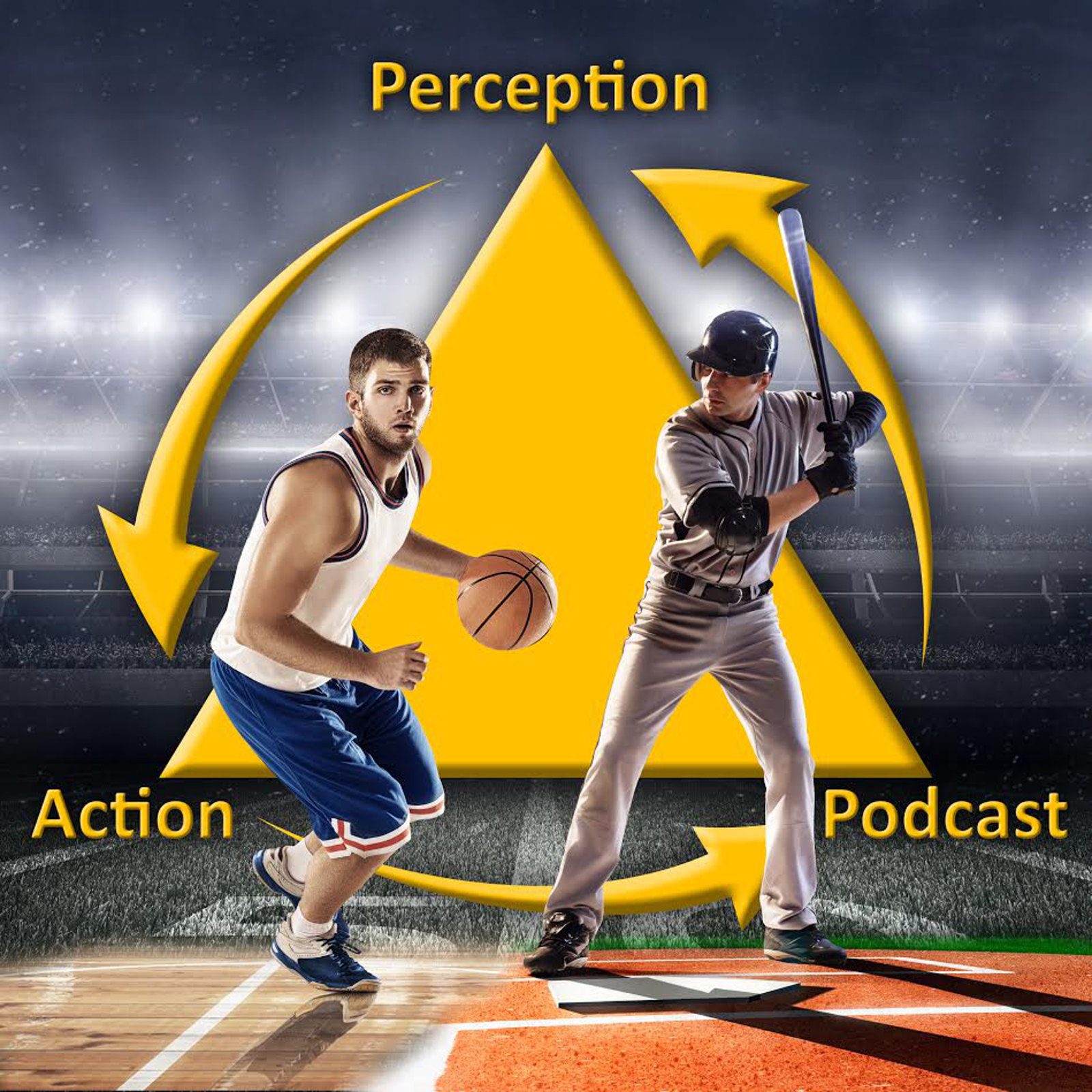21
How do drivers use visual cues to judge distance, speed and heading? How does our vision change during night driving?
What simple rules can athletes, referees and umpires use to make quick decisions? (Time: 19:45)
Download Link
Key points
• Driving is predominately a visually control action, with it being estimated by some that about 90% of the perceptual information being visual
• Drivers can only tolerate not being able to see for at most 2 sec
• Although it might seem like being able to judge the absolute distance of other vehicles on the road is important for driving we are actually quite poor at it because the visual cues we can use (including the vergence angle of our eyes, blur and familiar size) are unreliable
• Using familiar size to judge distance requires one to know the real physical size of an object in the environment which can cause potentially dangerous errors if we get it wrong (e.g. perceive a motorcycle to be a car)
• We are also relatively poor at judging our own speed of travel. Ironically the two main cues we use (road noise and optical edge rate) are reducing in effectiveness by modern highway design
• Optical edge rate is the number of edges or objects in the scene that passes by a fixed reference point in 1 sec
• Denton cleverly showed we use this by changing the spacing of lines across the road which makes feel like they are speeding up. It has applied this illusion to reduce crashes on highway off-ramps
• The facts that we are poor at judging absolute distance and speed are not really a big deal because the relevant control variable for driving is time, which we can perceive well using the tau (see Episode 5)
• We are very good at judging the direction we are travelling (i.e., whether we are going to stay on the road or head into the ditch) using optic information called optic flow
• Optic flow is the movement of stationary objects across our retina caused by our own movement. As Gibson first noted, for the place we are headed there will be no motion (called the focus of expansion
• When we drive at night our visual system adjusts to using primarily rod photoreceptors in a process called dark adaptation which takes roughly 30min. Rods are sensitive at low lights levels and good at detecting motion but do not support high detail (i.e., acuity)
• This change in our vision can produce a dangerous effect that is captured by The Selective Degradation hypothesis: our ability to steer is relative unaffected at night because it relies on peripheral vision and motion detection which is well supported by the rods. Conversely, our ability to see road signs or things like pedestrians on the side of the road is impaired because these require high acuity. This can lead to people overdriving (i.e., going faster than is safe) their headlights
Articles:
The attentional demand of automobile driving
Scaling apparent distance in natural indoor settings
The influence of visual pattern on perceived speed
The Optical Expansion-Pattern in Aerial Locomotion
Effects of luminance, blur, and age on nighttime visual guidance: A test of the selective degradation hypothesis
Simple Heuristics in Sports
Judgment Bias in Baseball Umpires’ First Base Calls: A Computer Simulation
More information:
My Research Gate Page (pdfs of my articles)
My ASU Web page
Podcast Facebook page (videos, pics, etc)
Twitter: @Shakeywaits
Email: robgray@asu.edu
Credits:
The Flamin’ Groovies – Shake Some Action
Ramsden – Driving Rain
Royal Headache – Distance & Vague
Dot Wiggin Band – Speed Limit
RoMak and the Space Pirates – Driving
Wyldlife – One Night Only
The Goodnight Loving – Safe at Home
via freemusicarchive.org and jamendo.com
